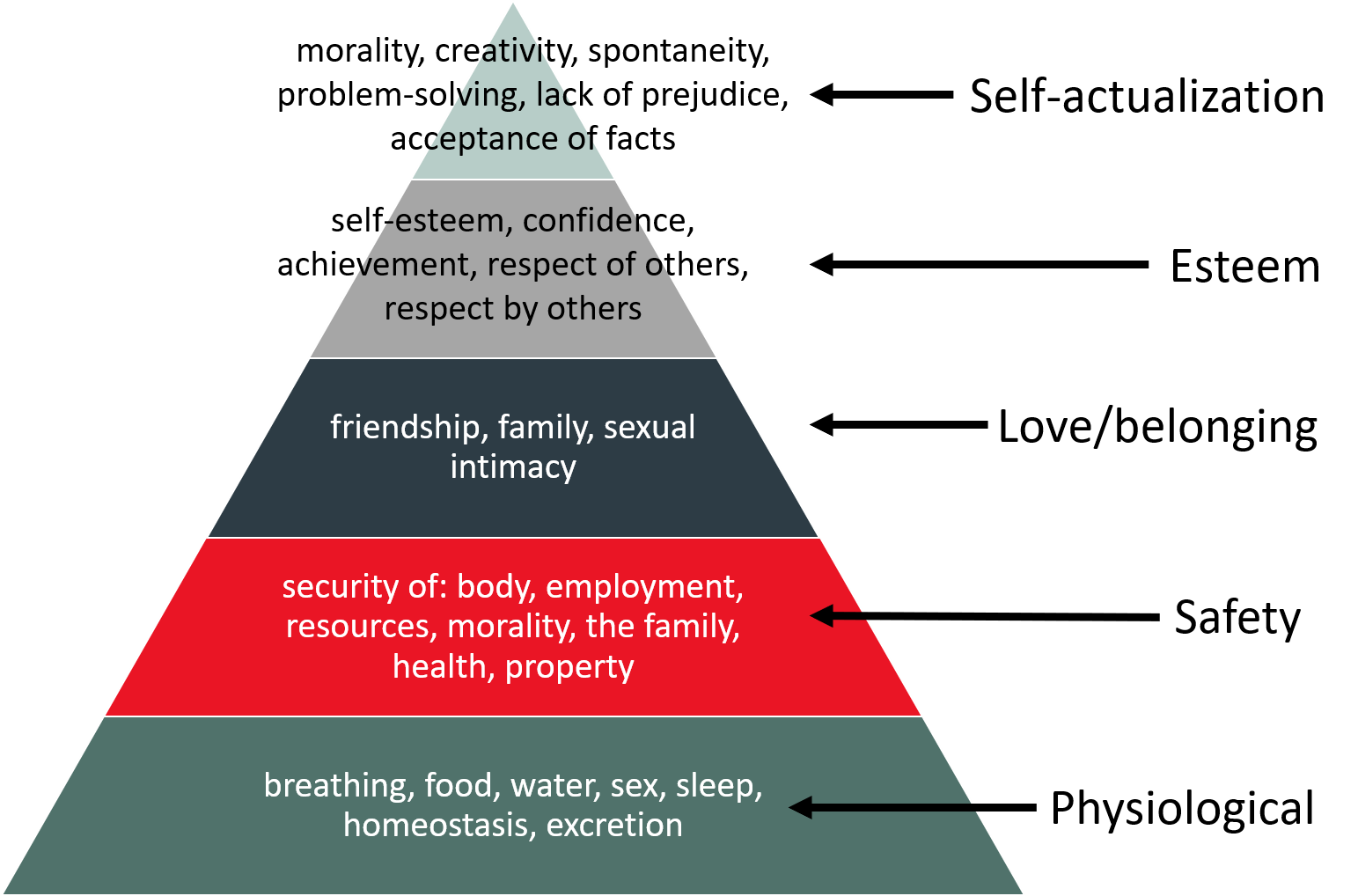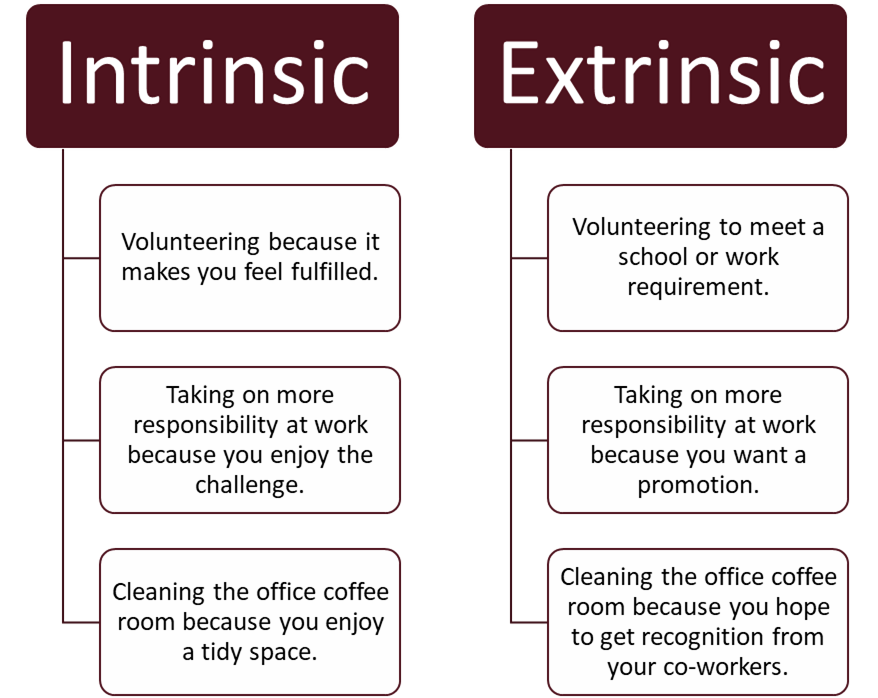Chapter 7: Time Management
7.1 How Do You Manage Your Time?
We have all seen the memes. We know that adulting is hard. Managing time is perhaps the hardest part of college life. College requires you to plan your own time. You may have a schedule of classes, but the rest is up to you. You need to determine when and how to complete your assigned course work, engage in group work, write your assignments, and create your final projects. Figuring out how and when to get that work done is a challenge. Your life outside of school also doesn’t stop just because you have decided to get an education. Sure, you have schoolwork, but you also have your own unique balance of personal life, friendships, family, work, play, and rest to fit in. Now, add a WIL experience on top. The best way to balance it all is to pay careful attention to your time.
Juggling commitments and deciding what to do when is a task in and of itself. There are also plenty of distractions, demands, and desires. You may feel pulled in many directions. You may also feel a bit stuck. These experiences are normal and are all rooted in your relationship to and feelings about time. So, let’s start with some reflection to get a sense of how you approach time.
Start with Your Values and Goals. You have a clear inner sense of what is important to you. Whether you recognize it or not, your values may impact how and where you spend your time. In the chapter XX, you also identified your short, medium, and long- term goals. You can use those goals to determine what activities you need to prioritize. Ask yourself:
- Where do I need to spend my time in order to achieve my goals?
- Do I embrace my values based on what I spend my time doing?
- What tasks am I spending a lot of time on that don’t align with my goals and values?
Consider Your Cultural Approach to Time. Much of Canadian culture is oriented around a linear sense of time that privileges the present and the future over the past. Time is managed carefully using clocks and calendars that tick away the hours and days. You will see that in your work and school schedules, with distinct start and stop times that are often inflexible. However, this may be different than your cultural approach to time. Ask yourself:
- What are my expectations of time at home and in my community?
- Are my expectations similar or different than the expectations of my workplace or school?.
Identify Your Commitments. These might be commitments you choose, or commitments you have taken on as a part of your family or community. They also include the time you need to spend at school, at work, studying, writing assignments, and communting. Ask yourself:
- What do I need to spend time working on?
- How can I fit everything in?
- Are there any commitments I can let go of?
Name Your Challenges. Think about your current work/school/life balance. Ask yourself:
- How accurately do you estimate how long a task will take?
- Do your commitments match up with the time you allocate to them?
- Do you struggle with lateness? With getting started? With getting bored in the middle?
What outside factors contribute to your challenges with time? Now that you have reflected on your current time situation, you can work toward improving it.
Dig into Your Motivation
Motivation, values, goals, and time go together. Often, motivation helps us to focus on our goals and be rigorous in our scheduling. We often devote more time to tasks based on our motivation, so it is important to understand where our motives come from.
If I were more motivated, I would find a better job. If I had more willpower, I would run 3km every day. Do these sound familiar to you? Have you ever caught yourself saying something like this? Ellis et al. (2016) say that many people believe that motivation, willpower, and self-discipline appear to be something mysterious that we either have or don’t have. However, these are neither mysterious nor something we are born with or without, motivation, willpower, and self-discipline are things we all have and something that we can continue to develop.
Motivation comes from having clear goals and taking steps to accomplish them. Conversely, motivation is also essential in accomplishing our goals. Cherry (2020) refers to motivation as the “process that initiates, guides, and maintains goal-oriented behaviors … whether that is getting a glass of water to reduce thirst” or getting the job that you want. According to Cherry (2020) “motivation involves the biological, emotional, social, and cognitive forces that activate behavior” and not only initiates our action towards a goal but also “direct[s] and maintain[s] the goal-directed behaviors”. There are several psychological theories behind motivation such as Maslow’s hierarchy of needs (Figure 7.1), which states that we must satisfy the basic needs for food, shelter, safety, before we are able to work on satisfying higher order needs, such as relationships, self-esteem, and one’s full potential.

Reflect on where you are on the hierarchy of needs and what you may need to have in place to self-actualize and achieve your goals.
Click on the following link to take the Self-Motivation Quiz and find out what motivates you:
Intrinsic and Extrinsic Motivation
There are two types of motivation: intrinsic and extrinsic. Intrinsic motivation is internal. It is when you are motivated to do a task for the satisfaction you feel. It is when you feel you have accomplished something or have done a good job. Extrinsic motivation comes from external sources and can be either a reward or avoiding a punishment, such as a compliment on your work from your boss (reward) or fear of losing your job (punishment) (Healthline, 2019) When it comes to school, intrinsic motivation often comes from an interesting case study, an exciting video or reading, or an engrossing project. Extrinsic motivation may be getting a good grade or fear of a late grade. Neither intrinsic or extrinsic motivations are good or bad. However, extrinsic factors are sometimes outside of our control. Choosing a career path or a work task that intrinsically motivates you will often be easier to sustain. So, as you approach your work and your schooling, don’t forget about intrinsic motivators like curiosity, challenge, control and cooperation.

Activity
Review the following statements and identify whether they are intrinsic or extrinsic motivation.
- Playing cards with your friends to win money.
- Intrinsic
- Extrinsic
- Growing a vegetable garden because it makes you feel calm.
- Intrinsic
- Extrinsic
- Growing a vegetable garden and selling your vegetables at the farmer’s market to make money.
- Intrinsic
- Extrinsic
- Joining the local golf club because you enjoy the outside activity.
- Intrinsic
- Extrinsic
- Joining the local golf club because it will raise your social standing in the community.
- Intrinsic
- Extrinsic
- Running the 5km charity run to raise money for cancer research.
- Intrinsic
- Extrinsic
- Learning a new language to get a promotion at work.
- Intrinsic
- Extrinsic
Case Study: Mohammad’s Motivations
Mohammad wants to get a better sense of what his motivations and values are. He starts by brainstorming his major commitments. His typical week includes five classes four days per week, ten hours of projects and homework, fifteen hours working at his uncle’s restaurant, running errands for his mom, dropping off his sister at violin practice twice per week, and translating for his grandfather at the hospital during his blood transfusion treatments. To get a handle on what he does and why he does it, he organizes his brainstorm into a list. Then, next to each one, he tries to identify what his motivation is for doing the task. By the end of the process, he feels more motivated because he remembers why the work he is doing is important.
| My Tasks | My Motivation | Intrinsic/Extrinsic |
|---|---|---|
| Intermediate web design project | I want to complete my website so that I can add to My Portfolio to attract future clients. I also like making a beautiful site. | Extrinsic – future work
Intrinsic – beauty |
| Typography homework | ||
| Communications readings | I like | |
| Group work | ||
| Waiting tables at Flavorful Beirut | I need to | |
| Errands for mom and Bariqa | I want to be a good son and give my mother a break. It feels good to help. | Intrinsic –
Extrinsic – family support |
| Translating for Jaddi | I want to make sure Jaddi gets good medical care during his blood transfusion | Extrinsic |
Image Descriptions
Figure 7.1 Maslow’s Hierarchy of Needs
Maslow’s Hierarchy of Needs illustrated in the shape of a pyramid. From bottom to top:
Physiological: breathing, food, water, sex, sleep, homeostasis, excretion
Safety: body, employment, resources, morality, the family, health, property
Love/belonging: friendship, family, sexual intimacy
Esteem: self esteem, confidence, achievement, respect of others, respect by others
Self-actualization: morality, creativity, spontaneity, problem-solving, lack of prejudice, acceptance of facts
Figure 7.2 Examples of intrinsic and extrinsic motivation
Intrinsic:
- Volunteering because it makes you feel fulfilled.
- Taking on more responsibility at work because you enjoy the challenge.
- Cleaning the office coffee room because you enjoy a tidy space.
Extrinsic:
- Volunteering to meet a school or work requirement.
- Taking on more responsibilities at work because you want a promotion.
- Cleaning office coffee room because you hope to get recognition from your coworkers.
Media Attributions
“Figure 7.1 Maslow’s Hierarchy of Needs” by Deb Nielsen, Emily Ballantyne, Faatimah Murad and Melissa Fournier is licensed under a CC BY-NC 4.0 licence.
“Figure 7.2 Examples of intrinsic and extrinsic motivation” by Deb Nielsen, Emily Ballantyne, Faatimah Murad and Melissa Fournier is licensed under a CC BY-NC 4.0 licence. Based on information from Healthline (2017).

